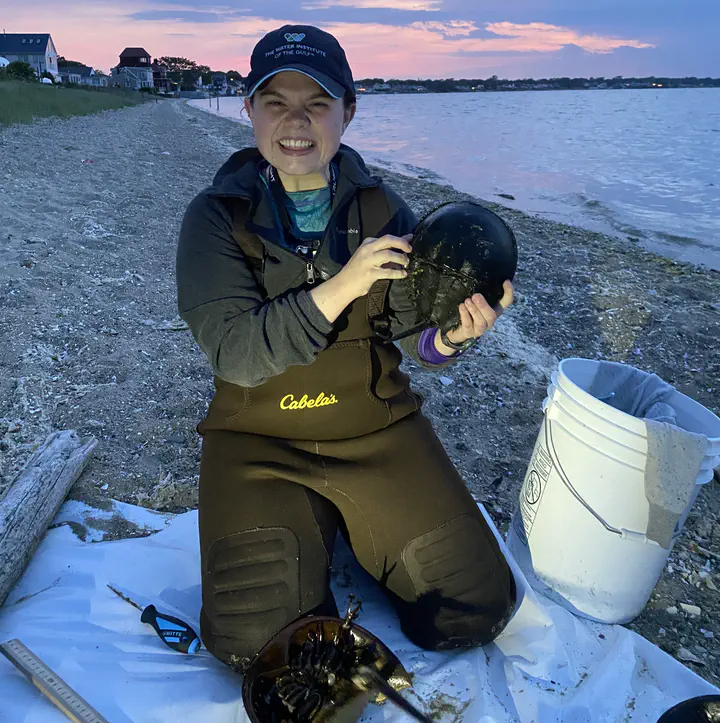Assessing Atlantic Horseshoe Crab (Limulus polyphemus) Population Structure within Southern New England

The Atlantic horseshoe crab, Limulus polyphemus, is a commercially, ecologically, and economically important species. Current management practices of this species may not be well informed enough to avoid jeopardizing the future health of these animals. This thesis argues that population differences, as defined by morphometrics, behavior, and genomics, may be visible over smaller geographic scales than current fisheries management observes. Specifically, this work focuses on three states in southern New England: Rhode Island, Massachusetts, and Connecticut. Ten sampling locations were observed over two years, 2020-2021, from which over 500 crabs were sampled. Width and weight data were collected to assess whether size differs by location using non-parametric approaches. Tagging data from the US Fish and Wildlife Service was analyzed to assess whether small, localized movement patterns or broad range geographic movement was more prevalent throughout the range. Tissue samples were processed to extract genetic information (single nucleotide polymorphisms) to inform upon adaptive and migratory traits across the range. Morphometric data identified that 36% of pairwise comparisons were significant. Tagging data showed 69% of recaptured crabs were caught in the same water body they were originally released. Genomics tools suggested that outlier loci, more so than neutral loci, were driving the population structuring observed. Cumulatively, these results suggested that population differences can be observed over a smaller scale than currently employed for fisheries management.
